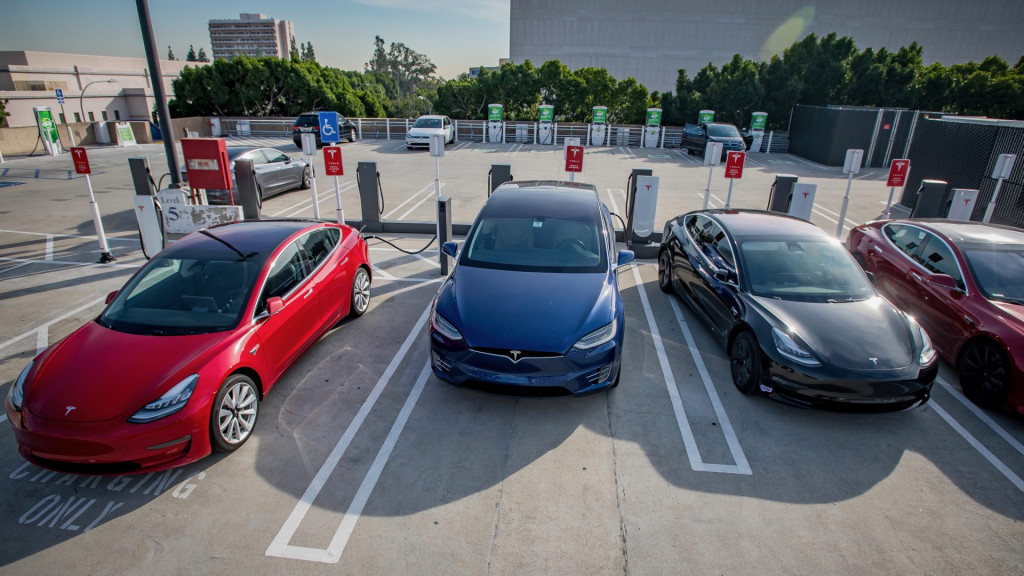California aims to increase zero-emission vehicle sales to 35% of all new car purchases by the 2026 model year, on the way to ending sales of new gasoline-only cars by the middle of the next decade.
This proposed target from the California Air Resources Board (CARB) includes battery-electric cars, plug-in hybrids, and hydrogen fuel-cell vehicles under the zero-emission banner. It would roughly triple California zero-emission vehicle sales from 2021, when they represented 12% of all new cars sold in California, according to CARB.
Responses from environmental groups were mixed. In statements, the Environmental Defense Fund called the 2026-model-year target a "significant step" toward tougher emissions standards that would eliminate tailpipe emissions from new cars, but the Center for Biological Diversity called it "weak," arguing that California shouldn't wait until 2035 to end sales of non-electrified new cars.

Marengo Charging Plaza, Pasadena, California
The stronger sales requirements would ensure 68% of new cars and passenger trucks sold in California are zero-emitting by 2030 and would eliminate all tailpipe pollution from new vehicles by 2035. Again, the 2035 target would allow plug-in hybrids and fuel-cell vehicles alongside battery-electric vehicles.
CARB stepped back on a proposal to enforce battery degradation standards, however. Rules proposed in 2021 would have required EVs to maintain 80% of their rated range for 15 years or 150,000 miles beginning with the 2026 model year. It could have been beneficial to buyers of used EVs.
Meanwhile, the Biden administration's national gas mileage and emissions standards were just finalized last month. The standards, which are a step steeper than the administration's original proposal, call for an adjusted industry-wide fleet average of about 49 mpg across new passenger cars and light trucks in 2026. They boost fleet efficiency by 8% for model years 2024 and 2025, and then by 10% for model year 2026.












